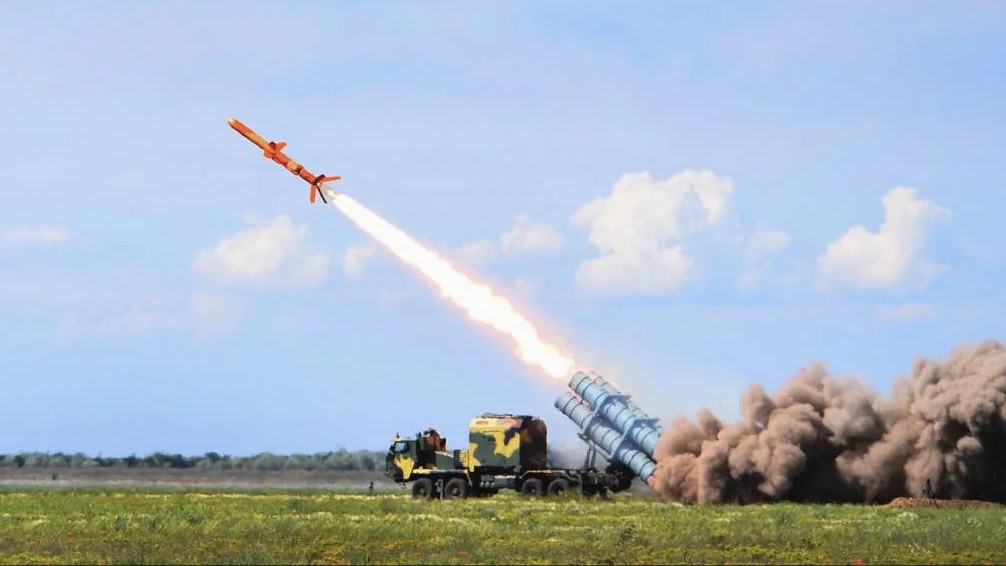AMCA Integrate with a Super Brain as ADE Developing Flight Control Computer with 25x Powerful than Tejas Jets

India’s Advanced Medium Combat Aircraft (AMCA) program is gearing up for an impressive upgrade with the integration of a revolutionary Digital Flight Control Computer (DFCC). Developed by the Aeronautical Development Establishment (ADE), this "super brain" will be 25 times more powerful than the DFCC found in the Tejas Mk1A and MkII jets, equipping the AMCA with the processing strength needed to outmaneuver advanced threats, achieve peak performance in contested airspace, and fully realize its stealth capabilities.
A "Brain" That Powers Modern Air Superiority
The DFCC operates as the core system in any fighter aircraft, controlling and coordinating crucial functions like stability, maneuverability, and responsiveness by processing sensor data and translating pilot commands into precise actions. In the AMCA, which will be India’s first fifth-generation stealth fighter, the DFCC’s role is even more significant. This system must handle multiple sophisticated elements, from stealth and agility to sensor fusion and advanced electronic warfare (EW) systems.
The sheer leap in processing power—from Tejas’s current capability to this new DFCC—ensures that the AMCA can interpret data far faster and make real-time adjustments crucial for survival and effectiveness in high-stakes environments. Whether responding to incoming threats or adapting to terrain and mission changes, the advanced DFCC will allow the AMCA to adjust instantly, offering the pilot unprecedented control and flexibility.
Next-Gen Features and Adaptive Capability
With future threats and technological advances in mind, ADE has designed the AMCA’s DFCC with cutting-edge adaptive and scalable architecture. The upgraded DFCC will support next-generation AI functionalities, enabling semi-autonomous control and providing AI-based recommendations in complex combat scenarios. This feature helps streamline pilot decision-making and offloads the mental load during high-stress missions, allowing for smoother operations and faster tactical responses.
Additionally, the DFCC will serve as a flexible platform for future upgrades. ADE envisions a modular system architecture that will accommodate software updates and hardware modifications as new technologies become available. This forward-compatible design ensures the AMCA can stay technologically relevant over its operational life, adapting to both evolving mission profiles and emerging defense strategies. The AMCA can receive software patches for everything from enhanced stealth functions to improved EW countermeasures, aligning it with future defense innovations.
Stealth, Sensor Fusion, and EW Capabilities
The AMCA’s design focuses on next-level stealth and sensor fusion, and the DFCC is central to executing these functionalities. Stealth capability, or the aircraft's ability to evade radar detection, depends on minimizing the plane’s radar cross-section and managing infrared and electronic signatures. The new DFCC will control the configuration of the AMCA’s surfaces and emissions to enhance stealth, reducing detectability in contested zones. The DFCC’s processing power allows for seamless, real-time adjustments to stealth configuration based on the dynamic threat landscape, increasing mission success rates.
Additionally, the AMCA’s DFCC will process vast volumes of data from onboard sensors, enabling comprehensive sensor fusion. By merging data from radar, electronic intelligence, and optical sensors, the system provides a unified operational picture that gives the pilot a clear and immediate understanding of the battlefield. This information advantage, combined with AI-aided threat assessment and response, ensures that the AMCA can remain one step ahead in combat scenarios.
The aircraft’s DFCC also has the capacity to handle high-demand EW operations, including signal jamming and spoofing, to disrupt enemy radars and communication. This capability allows the AMCA to function as an information warfare hub, coordinating with other assets and providing protective support in multi-aircraft missions. The enhanced computing power of the DFCC is essential in performing these tasks smoothly and maintaining an advantage in electronic warfare.
AI-Enhanced Autonomy and Multi-Role Versatility
Designed for multi-role versatility, the AMCA will be equipped to engage in various missions, from air superiority and ground attack to reconnaissance. To support this adaptability, the DFCC will employ AI algorithms that can analyze mission data and adjust system performance based on real-time needs. For instance, in scenarios where radar evasion is critical, the DFCC will prioritize stealth and power management to achieve optimal mission outcomes. This flexibility is critical in unpredictable and evolving combat situations, allowing the AMCA to shift roles seamlessly as required.
With its sophisticated DFCC, the AMCA will also be able to interface and coordinate with unmanned aerial vehicles (UAVs) and other aircraft, enabling "swarm" tactics and expanding mission possibilities. In this networked combat environment, the AMCA could serve as a command-and-control asset, directing unmanned and manned systems alike with precision, enhancing its effectiveness on complex missions.
Future-Proof and Mission-Ready
The advanced DFCC being developed for the AMCA is a testament to India’s commitment to developing an indigenous fifth-generation fighter that is not only mission-ready for today but also adaptable for tomorrow. With modular hardware and software architecture, the DFCC allows for ongoing enhancements, from AI algorithm improvements to sensor integrations. This adaptability secures the AMCA’s position as a long-term asset, capable of integrating with future technologies and adapting to the continuously evolving nature of modern warfare.
In combining massive processing power with adaptive intelligence and support for future upgrades, ADE’s DFCC represents a monumental leap in avionics for the Indian defense sector, equipping the AMCA to face modern and future air combat challenges with agility, precision, and resilience. This makes the AMCA not only a formidable fighter but a smart, connected combat system that places India at the forefront of advanced aerial defense.


